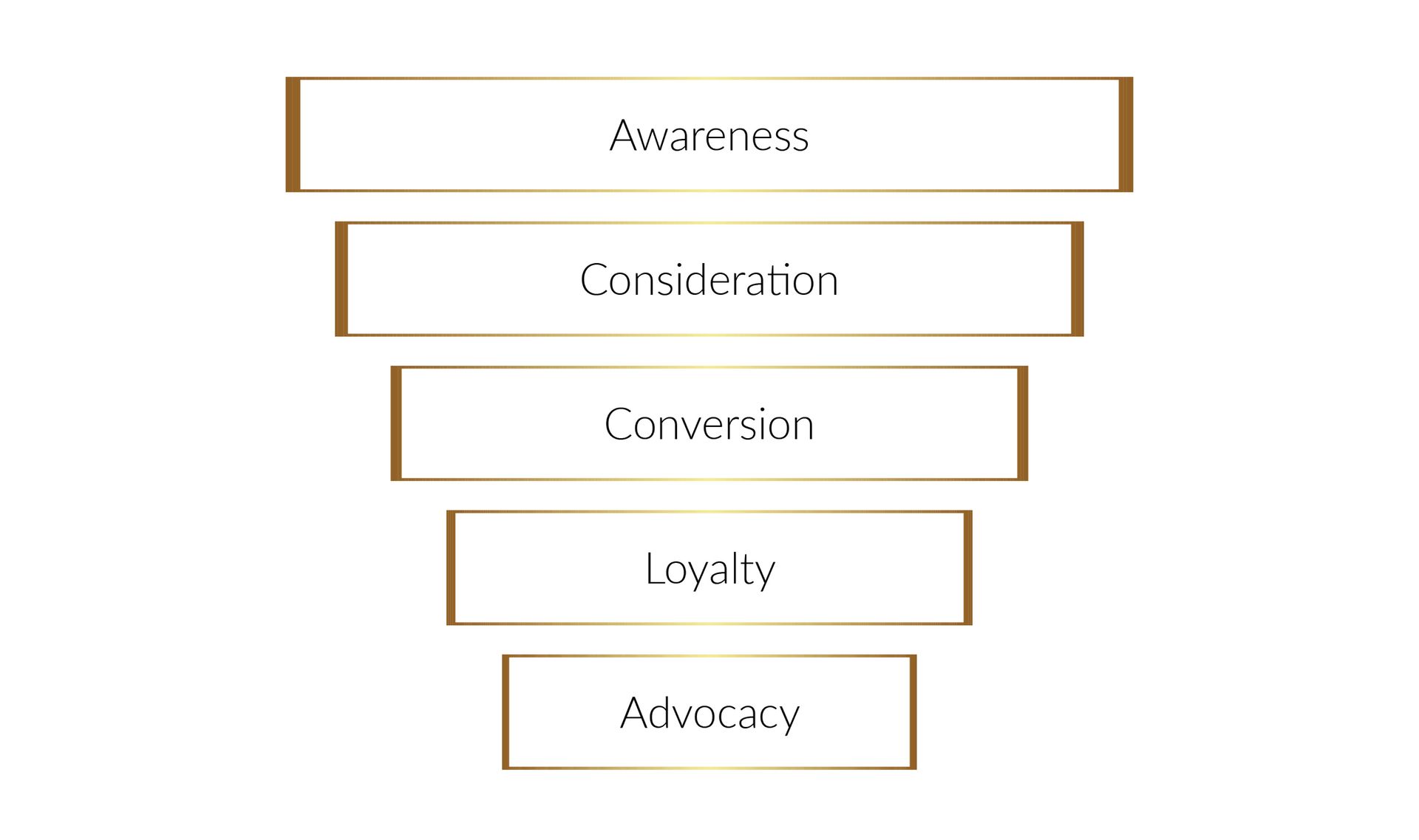Unveiling Control: A Comprehensive Guide to Identifying Key Figures in Corporate Transparency
Navigating the Corporate Transparency Act: A Strategic HR Approach to Identifying Key Stakeholders and Decision-Makers

In the ever-evolving landscape of corporate governance, the Corporate Transparency Act (CTA) has emerged as a catalyst for increased transparency and accountability. As organizations gear up to comply with this transformative regulation, HR professionals play a pivotal role in identifying individuals with substantial control, those who own or control at least 25% of ownership interests, and key decision-makers within the organization. This comprehensive guide delves into the intricacies of identifying these influential figures, providing HR teams with a systematic approach to ensure accurate reporting under the CTA.
Identifying Individuals with Substantial Control Over the Organization:
Leadership Roles:
- Identify individuals holding key leadership roles within the organization.
- Include executives, directors, and high-ranking officers.
Decision-Making Authority:
- Assess individuals with significant decision-making authority.
- Consider those involved in strategic planning, policy-making, and major operational decisions.
Voting Power:
- Determine individuals with substantial voting power in corporate decisions.
- Include those influencing major corporate actions through voting rights.
Shareholding Structure:
- Examine the shareholding structure and identify individuals with substantial share ownership.
- Consider both direct and indirect ownership.
Board Influence:
- Evaluate influence over the board of directors.
- Identify individuals with the power to appoint or remove board members.
Determining Individuals who Own or Control at Least 25% of Ownership Interests:
Share Ownership:
- Review share ownership percentages for all individuals.
- Identify those with direct or indirect ownership of at least 25% of the organization.
Equity Holdings:
- Assess equity holdings and identify significant stakeholders.
- Consider individuals with substantial control through equity.
Voting Rights:
- Examine voting rights associated with ownership interests.
- Identify individuals with voting power constituting 25% or more.
Beneficial Ownership Disclosure:
- Refer to any existing beneficial ownership disclosure documentation.
- Confirm individuals meeting the 25% ownership threshold.
Combined Ownership:
- Aggregate direct and indirect ownership percentages.
- Confirm if any individual's combined ownership exceeds 25%.
Assessing Senior Officers, Decision-Makers, or those with Authority over Appointments or Removals:
Organizational Chart:
- Review the organizational chart of the company.
- Identify individuals holding senior officer positions.
Decision-Making Positions:
- Identify decision-making positions within the organization.
- Consider roles influencing company-wide decisions.
Appointment and Removal Authority:
- Evaluate individuals with authority over appointments and removals.
- Include those with hiring, firing, or board appointment powers.
Corporate Governance Structure:
- Understand the corporate governance structure.
- Identify individuals with influence over governance decisions.
Legal and Compliance Roles:
- Assess individuals responsible for legal and compliance matters.
- Consider those overseeing adherence to regulations.
By systematically addressing these points, HR professionals can pinpoint individuals with substantial control, ownership interests of 25% or more, and those holding key decision-making positions within the organization. This comprehensive approach aids in accurate reporting under the Corporate Transparency Act (CTA).





